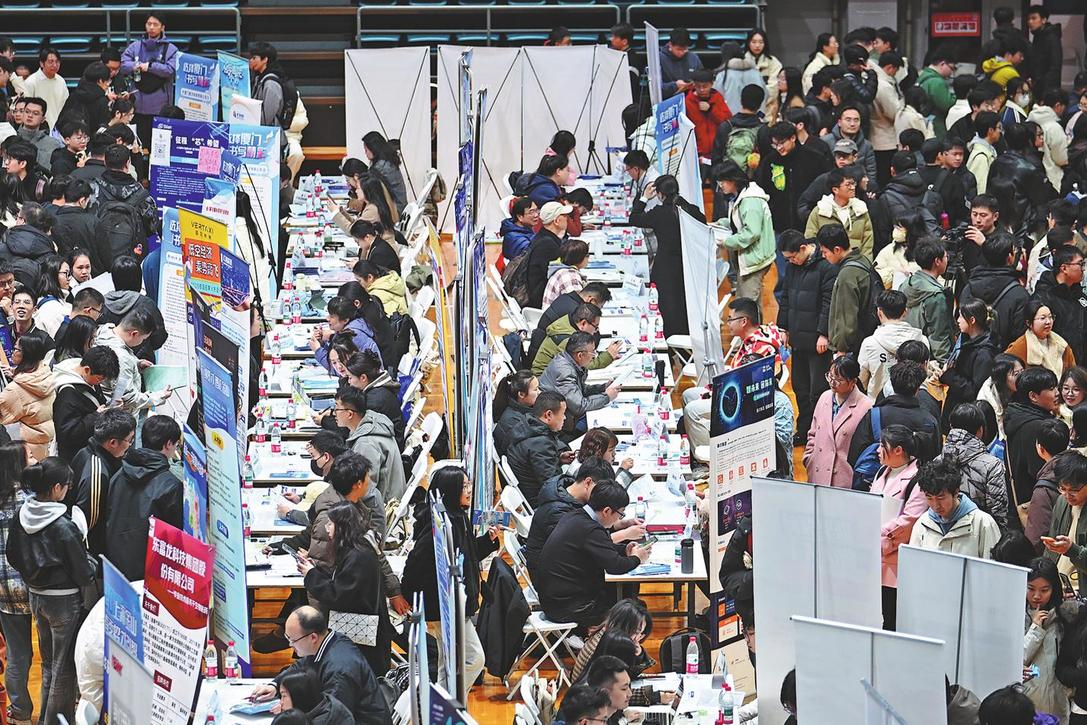Subsidies put poor families into new homes
By ZHU LIXIN | China Daily | Updated: 2017-05-27 07:19
Editor's note: In the run-up to the 19th Communist Party of China National Congress, China Daily sent six reporters to villages nationwide to live for a month and take a look at how people are working under China's poverty eradication plan.
 |
| Jin Xiuying verifies renovations to her house to qualify for a subsidy from the local government. ZHU LIXIN/CHINA DAILY |
A group of village cadres paid a visit to Jin Xiuying last week to check on her new house.

Jin and her husband, a poverty-stricken couple from Guhe village in Anhui province's Linquan county, had lived in a mud-brick house for decades. But through a government subsidy they were able to hire some villagers to build a 60-square-meter house of brick, tile and cement.
"The previous house, which had a living room and bedroom, posed a safety risk," said Sun Fei, a Guhe village cadre.
A government subsidy of 500 yuan ($73) will be paid for each square meter, up to 30,000 yuan.
After completion of the new house, Jin, 73, will get 30,000 yuan from the government, after which, she said, "I will need to spend no more money."
When the village heads visited, the new doors had not been installed yet, and a bedsheet was pinned to the front door frame. Days later they were told that Jin's husband had died inside.
"The body was still in the house, that's why the bedsheet was there on the door frame," said Sun, who was also told that the husband, Fang Quanti, 78, was happy to see the new house in his last days.
The subsidy was part of a renovation program launched by the government, aiming to improve the living conditions of poverty-stricken families.
Among the village's 129 poverty-stricken households, 29 will benefit from the program this year.
"Twenty-five of the houses are under construction or have been completed, while construction of another four are yet to be started," said Li Zongyin, Party chief of Guhe.
Though it was welcomed by most of the poor villagers, there were a few bumps.
"Before getting the subsidy from the government, villagers have to cover the construction costs first," Li said. That was by design-to ensure the people used the money to improve their residences, according to officials from Lyuzhai township, which administers Guhe.
As a result, almost all of the households borrow money from other people if they cannot find workers and suppliers who are willing provide labor and materials on credit.
"In such cases, we village heads should act as guarantors for the villagers," Li said.
He said the number of households included in the renovation program was submitted to the local government last year. "Some of the elderly villagers wanted to build new houses, but later didn't bother to follow through," said Li, adding that such people are often old or disabled. In such cases, the village officials should do everything they can for the households.
"We will finish the houses," he said.
Most of the rebuilt houses are made of brick and tile with triangular roofs. Such houses require almost no additional money from the villagers.
By contrast, other houses made of brick and concrete with flat roofs are a bit more costly. Though the structures are only one story, steel reinforcing bars can sometimes be seen sticking out of the concrete, so that another story may be added later, Li said.
"I will have enough money to build one more story onto the house in the future," said Li Yufu, a villager who will see completion of his new house soon.























